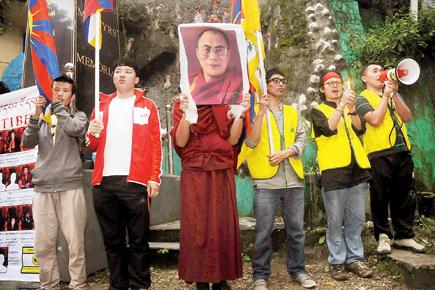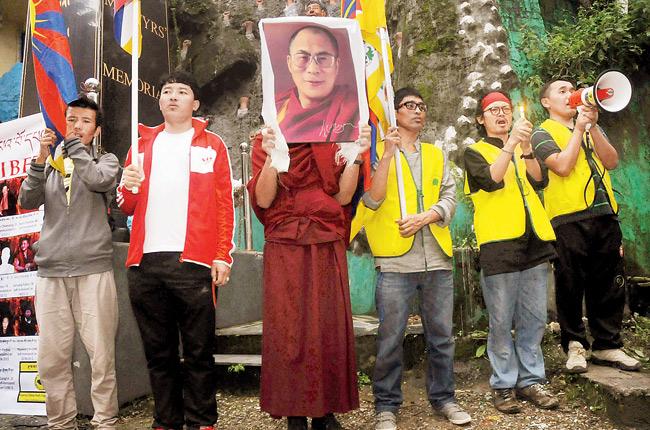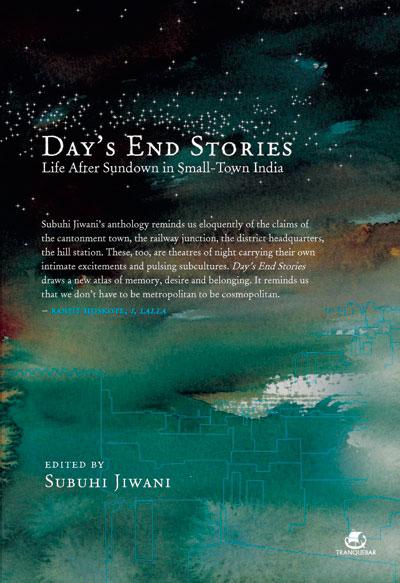A couple of decades ago, when this writer was living and working in Goa, a group of acquaintances from out of town remarked that the capital city, Panaji, was dull as ditchwater after 8 pm

Day's End Stories u00e2u0080u0094 Life After Sundown
A couple of decades ago, when this writer was living and working in Goa, a group of acquaintances from out of town remarked that the capital city, Panaji, was dull as ditchwater after 8 pm.

People in McLeodganj yearn for freedom. Pic/AFP
“Where’s the nightlife?” they groused, and one thought they were referring to a seedy, shady activity. Because the concept of a nightlife where one goes out, enjoys oneself at innocuous pastimes, and comes back home safe and sound, simply did not exist in what, for all practical purposes, was a small town.
ADVERTISEMENT
Similar to Subuhi Jiwani, it took coming to a big city — Mumbai, the biggest of all in our desi-bound consciousness — to experience the idea of life that does not disappear indoors after sunset to emerge only with daylight the next day. For parents unused to changing mores amid the bright lights, a woman staying out of home after dark was anathema.
Even in Day’s End Stories, only a few women’s names feature in the list of authors. But that is an academic observation, for the good writer’s voice is free of gender-forged shackles.
It could be argued that this portrayal of Life After Sundown in Small-Town India lacks adequate representation of women’s experiences, but there is not that sense.
The narratives speak of far more than what one may imagine when talking about life after dark. In ‘dry’ Ahmedabad, it is not just clandestine liquor but the crossing of racial borders; in McLeodganj, it is the yearning for a homeland and a concept of freedom that may be but a myth.
The yearning for a life at night is vocalised in a matter-of-fact tone in Shillong, while in Aligarh it is like visiting the local fair that the writer speaks of. “In our small-town lives, the idea of being out after dark, and that too for pleasure, was pure fiction.”

Mumbai is full of people who work at all sorts of hours, so one person’s night can be another person’s noon.
But the concept resonates — what do you do with your downtime, and especially so when that downtime is after sunset? What restrictions, freedoms and compromises does one make, in order to take charge of the dark?
Day’s End Stories tries to capture that sense and find answers, and in the process takes us on a journey through India’s towns, small and not so small.
And we go willingly, “...pulsing around like electrons charged with the energy of the space, giddy with just being out in the cold night air, just being out, together, in the night.”
Day's End Stories — Life After Sundown in Small-Town India, Tranquebar Press, Rs 350. Also, available as an e-book.
 Subscribe today by clicking the link and stay updated with the latest news!" Click here!
Subscribe today by clicking the link and stay updated with the latest news!" Click here!







